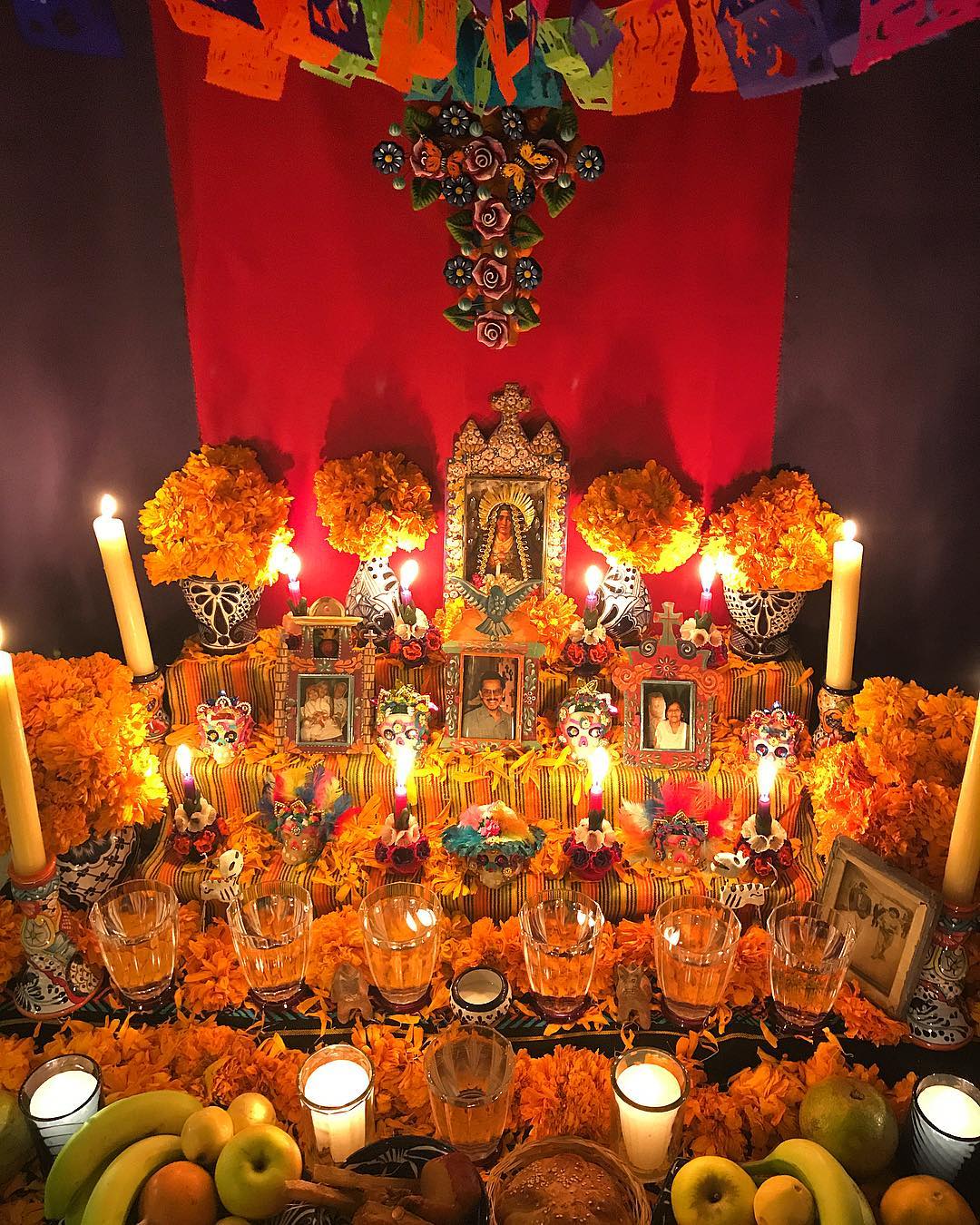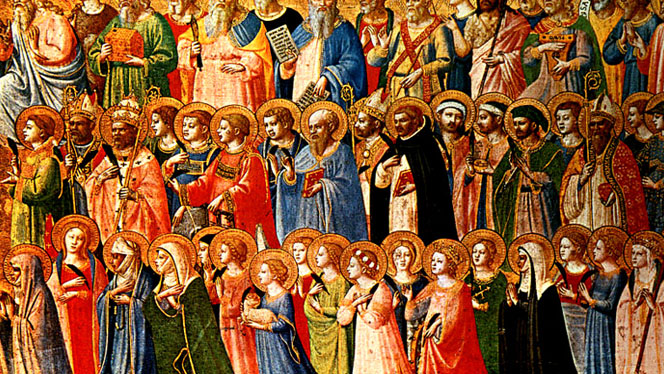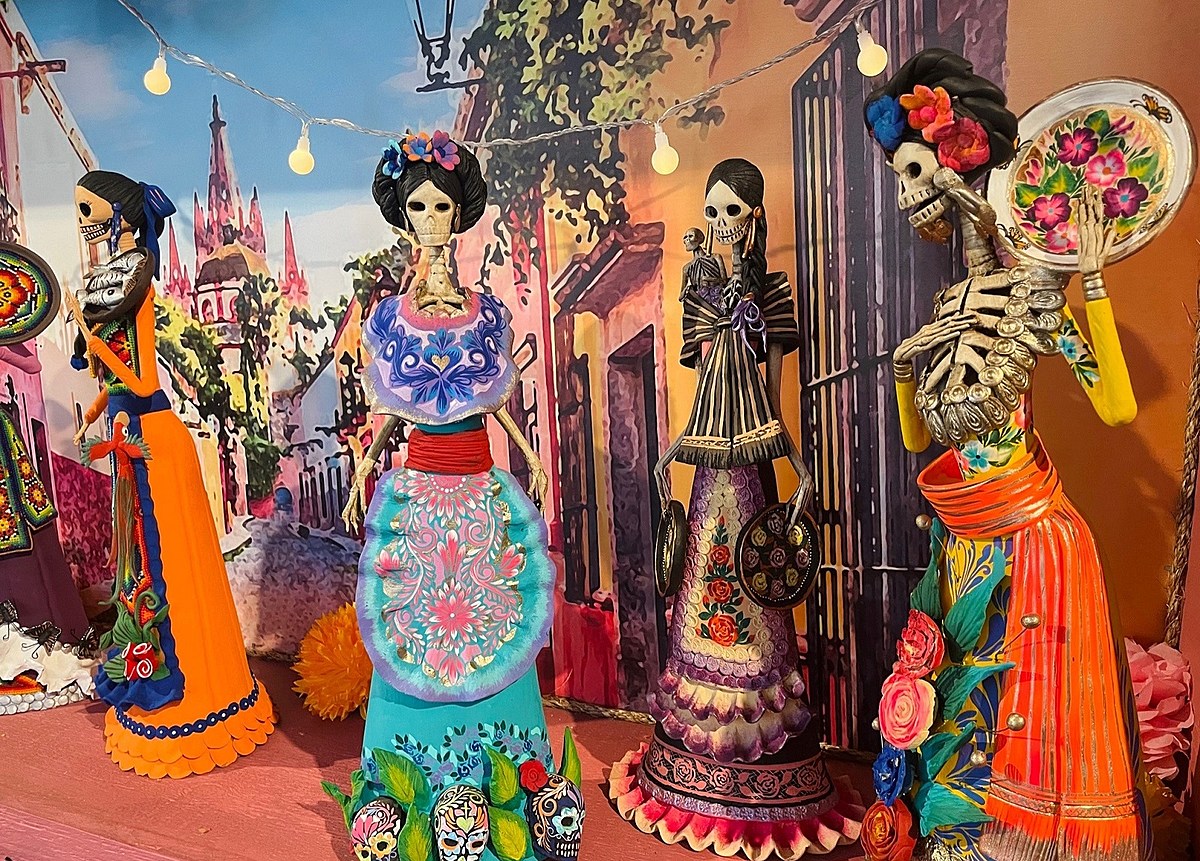Blog
The origins of La zambra, the traditional flamenco granadino, can’t not be understood without deeply analyzing its name. Zambra comes from the arabic “zumra”, which means party. It was the traditional ritual of the moroccan weddings which was forbidden by the inquisition in the XVI century. Although it kept being celebrated underground. This tradition of the zambra was absorbed, learnt and transformed by the gypsies of the sacromonte, who at one point just considered it as their own tradition. These gypsies are the only remaining proof of this amazing traditional moroccan dance. The only ones that kept this old moroccan tradition and the ones who made it evolve to the flamenco dance that we know today.
Between the XVII and XIX centuries, when the romantic writers and poets arrived to Granada, the zambra and the flamenco were appreciated as an artistic expression in the whole world. It was this recognition that transformed the flamenco into a discipline and a musical style rather than the traditional gypsi dance. It was for this reason that some members of the “generación literaria del 27” began to worry. The flamenco had been always considered like a people’s dance and to see it become something more commercial really troubled them. They felt that all this recognition and fame was making it lose the essence and people were doing it just as a form of entertainment for tourist and travelers and a way of making money.
more...Performing a brief version of Second Chance with Zamya Theater at Surly Brewing Co. Thursday November 3rd 630pm Music by Carlisle Evans Peck-keys, mick laBriola-drums/arrangements.
Join the Open Your Heart Foundation at Surly Brewing on Thursday, November 03, during National Hunger and Homelessness Awareness Month as they celebrate their grantee partners, generate awareness and raise funds to support the work of Open Your Heart to the Hungry and Homeless.
This celebration will include a silent auction, hors d’oeuvres and very special performances by zAmya Theater Project and Yemi Love.
The Open Your Heart Foundation helps ensure that emergency shelters, food shelves and domestic violence shelters throughout Minnesota have the tools, equipment and infrastructure necessary to best serve those in need. This is only made possible through the support of the community.
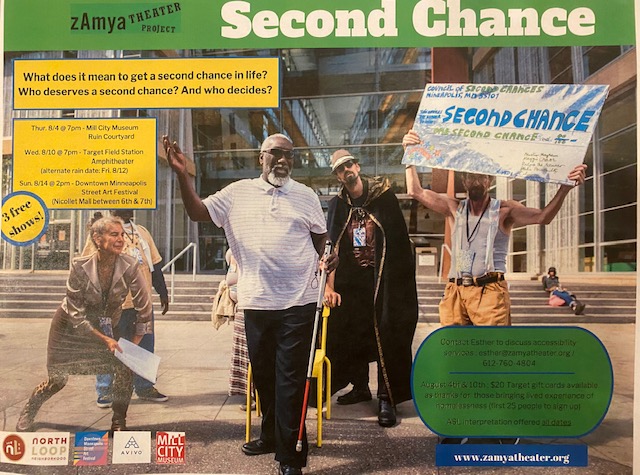

more...
The small, northern constellation Triangulum harbors this magnificent face-on spiral galaxy, M33. Its popular names include the Pinwheel Galaxy or just the Triangulum Galaxy. M33 is over 50,000 light-years in diameter, third largest in the Local Group of galaxies after the Andromeda Galaxy (M31), and our own Milky Way. About 3 million light-years from the Milky Way, M33 is itself thought to be a satellite of the Andromeda Galaxy and astronomersin these two galaxies would likely have spectacular views of each other’s grand spiral star systems. As for the view from the Milky Way, this sharp image combines data from telescopes on and around planet Earth to show off M33’s blue star clusters and pinkish star forming regions along the galaxy’s loosely wound spiral arms. In fact, the cavernous NGC 604 is the brightest star forming region, seen here at about the 1 o’clock position from the galaxy center. Like M31, M33’s population of well-measured variable stars have helped make this nearby spiral a cosmic yardstick for establishing the distance scale of the Universe.

Herbert Jansch (3 November 1943 – 5 October 2011) was a Scottish folk musician and founding member of the band Pentangle. He was born in Glasgow and came to prominence in London in the 1960s as an acoustic guitarist and singer-songwriter. He recorded more than 28 albums and toured extensively from the 1960s to the 21st century.
Jansch was a leading figure in the 1960s British folk revival, touring folk clubs and recording several solo albums, as well as collaborating with other musicians such as John Renbourn and Anne Briggs. In 1968, he co-founded the band Pentangle, touring and recording with them until their break-up in 1972. He then took a few years’ break from music, returning in the late 1970s to work on a series of projects with other musicians. He joined a reformed Pentangle in the early 1980s and remained with them as they evolved through various changes of personnel until 1995. Until his death, Jansch continued to work as a solo artist.
Jansch’s work influenced many artists, especially Jimmy Page, Mike Oldfield, Paul Simon, Pete Hawkes, Nick Drake, Donovan, and Neil Young. He received two Lifetime Achievement Awards at the BBC Folk Awards: one, in 2001, for his solo achievements and the other, in 2007, as a member of Pentangle.
more...Joseph H. Turner (November 3, 1907 – July 21, 1990) was an American jazz pianist.
One of the masters of the stride piano style associated with Harlem, New York City, Turner gained his first big musical break in 1928 when he was hired for the Benny Carter Orchestra. Another break was his work accompanying Adelaide Hall, sometimes alongside Art Tatum, in the early 1930s. He also played with Louis Armstrong. After World War II, he settled in Europe, living in Paris from 1962. He played at La Calavados, a nightclub situated near the Champs Elysees until his death from a heart attack in 1990, at the age of 82.
more...Joe McPhee (born November 3, 1939) is an American jazz multi-instrumentalist born in Miami, Florida, a player of tenor, alto, and soprano saxophone, the trumpet, flugelhorn and valve trombone. McPhee grew up in Poughkeepsie, New York, and is most notable for his free jazz work done from the late 1960s to the present day.
McPhee was born in Miami, Florida, on November 3, 1939. He began playing trumpet when he was eight, before learning other instruments. He played in various high school and then military bands before starting his recording career. His first recording came in 1967, when he appeared on the Clifford Thornton album entitled Freedom and Unity. McPhee taught himself saxophone at the age of 32 after experiencing the music of John Coltrane, Albert Ayler, and Ornette Coleman. During the late 1960s and early 1970s, McPhee lectured on jazz music at Vassar College.
more...Henry Grimes (November 3, 1935 – April 15, 2020) was an American jazz double bassist and violinist.
After more than a decade of activity and performance, notably as a leading bassist in free jazz, Grimes completely disappeared from the music scene by 1970.Grimes was often presumed to have died, but he was discovered in 2002 and returned to performing.
Henry Alonzo Grimes was born in Philadelphia, to parents who both had been musicians in their youth. He took up the violin at the age of 12, and then began playing tuba, English horn, percussion, finally switching to the double bass at Mastbaum Technical High School. He furthered his musical studies at Juilliard and established a reputation as a versatile bassist by the mid-1950s.
more...Ruma Guha Thakurta (3 November 1934 – 3 June 2019) was an Indian actress and singer primarily associated with Bengali language films. She founded Calcutta Youth Choir in 1958.
Ruma Guha Thakurta was born on 3 November 1934 to Satyen Ghosh (Monty Ghosh) and singer Sati Devi.[3] Her family was culturally inclined to Brahmo Samaj, a societal component of Brahmoism. Sati was a trained vocalist and Bijoya Ray’s, wife of Satyajit Ray, elder sister’s daughter. Ruma Guha Thakurta began as a dancer. Later, she went to Almora Academy of Uday Shankar at Lahore to study dance. She started training in music at Swarabitan in Kolkata, which had been established by her parents. In later years, she studied under Abdul Rehman Khan of Patiala gharana, the Ustad of Nirmla Devi and Lakshmi Shankar in Bombay.
She married Kishore Kumar in 1951 and had a son Amit Kumar by this marriage. The couple divorced in 1958 and she married Arup Guha Thakurta in 1960. The couple had two children, Ayan and Sromona. Sromona is also a singer.
more...The purpose of this image was to highlight the hydrogen clouds surrounding the area of Andromeda galaxy. These clouds seem to be located in our own galaxy, and therefore in the foreground of the picture.
It took 56 hours of broad- and narrowband imaging (34 hours of Hydrogen alpha) to get this result. The Andromeda Galaxy, also known as Messier 31, M31, or NGC 224 and originally the Andromeda Nebula, is a barred spiral galaxy with diameter of about 46.56 kiloparsecs (152,000 light-years) approximately 2.5 million light-years (765 kiloparsecs) from Earth and the nearest large galaxy to the Milky Way. The galaxy’s name stems from the area of Earth’s sky in which it appears, the constellation of Andromeda, which itself is named after the princess who was the wife of Perseus in Greek mythology.
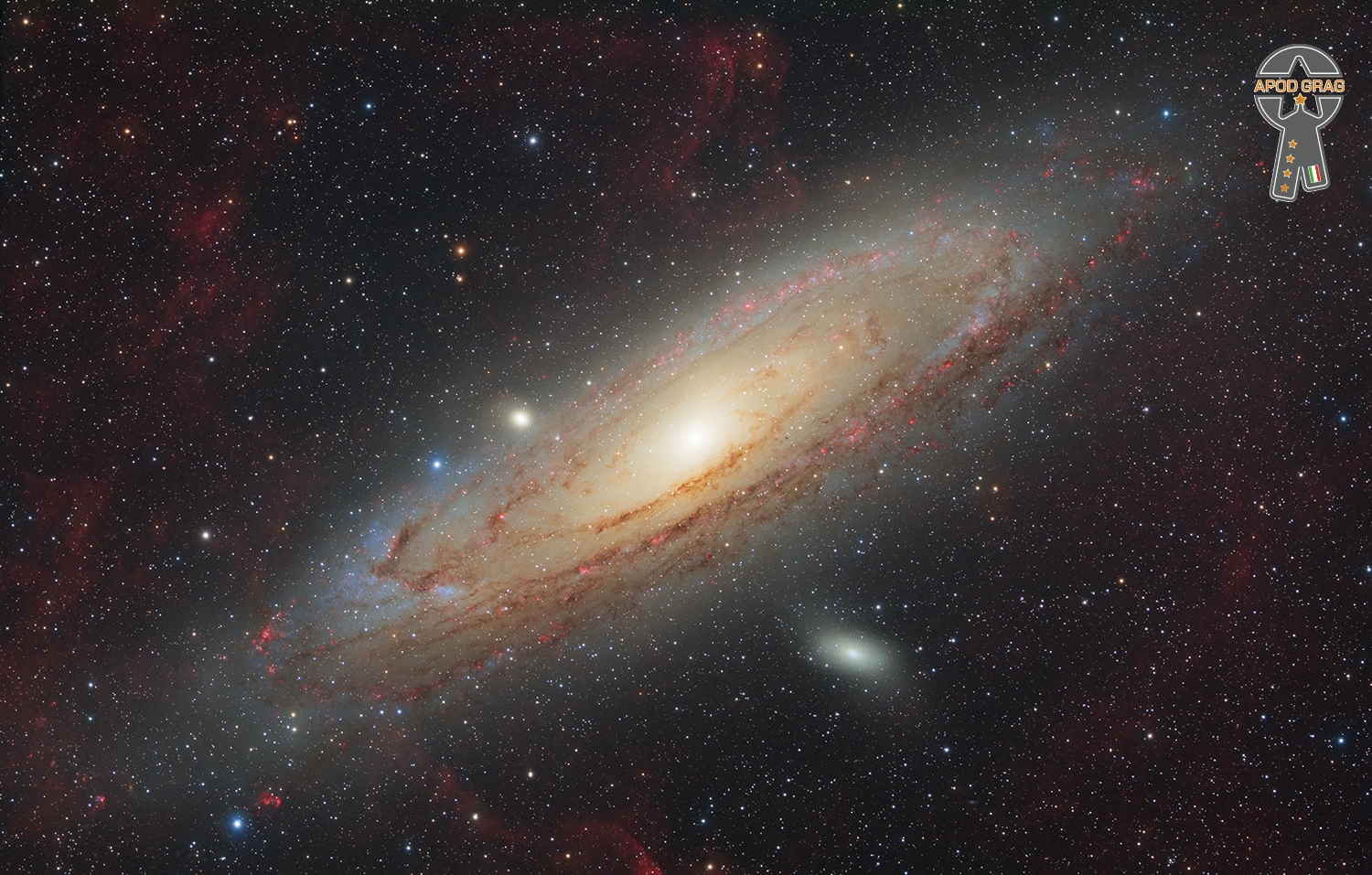
more...
Keith Noel Emerson (2 November 1944 – 11 March 2016) was an English keyboardist, songwriter, and record producer. He played keyboards in a number of bands before finding his first commercial success with the Nice in the late 1960s. He became internationally famous for his work with the Nice, which included writing rock arrangements of classical music. After leaving the Nice in 1970, he was a founding member of Emerson, Lake & Palmer (ELP), one of the early progressive rock supergroups. Emerson, Lake & Palmer were commercially successful through much of the 1970s, becoming one of the best-known progressive rock groups of the era. Emerson wrote and arranged much of ELP’s music on albums such as Tarkus(1971) and Brain Salad Surgery (1973), combining his own original compositions with classical or traditional pieces adapted into a rock format.
Following ELP’s break-up at the end of the 1970s, Emerson pursued a solo career, composed several film soundtracks, and formed the bands Emerson, Lake & Powell and 3 to carry on in the style of ELP. In the early 1990s, ELP reunited for two more albums and several tours before breaking up again in the late 1990s. Emerson also reunited the Nice in 2002 for a tour.
During the 2000s, Emerson resumed his solo career, including touring with his own Keith Emerson Band featuring guitarist Marc Bonilla and collaborating with several orchestras. He reunited with ELP bandmate Greg Lake in 2010 for a duo tour, culminating in a one-off ELP reunion show in London to celebrate the band’s 40th anniversary. Emerson’s last album, The Three Fates Project, with Marc Bonilla and Terje Mikkelsen, was released in 2012. Emerson reportedly had depression and alcoholism, and in his later years developed nerve damage that hampered his playing, making him anxious about upcoming performances. He died of a self-inflicted gunshot wound on 11 March 2016 at his home in Santa Monica, California. Emerson was widely regarded as one of the top keyboard players of the progressive rock era. AllMusic describes Emerson as “perhaps the greatest, most technically accomplished keyboardist in rock history”.
more...Ernest Dawkins (born 2 November 1953 in Chicago, Illinois, United States) is an American jazz saxophonist, principally active in free jazz and post-bop.
Ernest Khabeer Dawkins was a neighbor of Anthony Braxton as a child. He played bass and drums early in life before switching to saxophone in 1973. During that decade he began studying with members of the Association for the Advancement of Creative Musicians, such as Joseph Jarman and Chico Freeman, as well as at the Vandercook College of Music. He worked with Ed Wilkerson and the Ethnic Heritage Ensemble and Douglas Ewartbefore founding his own New Horizons Ensemble, which played regularly in Chicago into the 2000s, as well as at jazz festivals and on tour in Europe.
more...Philip Wells Woods (November 2, 1931 – September 29, 2015) was an American jazz alto saxophonist, clarinetist, bandleader, and composer.
Woods was born in Springfield, Massachusetts. After inheriting a saxophone at age 12, he began taking lessons at a local music shop. His heroes on the alto saxophone included Benny Carter and Johnny Hodges. He studied music with Lennie Tristano at the Manhattan School of Music and at the Juilliard School. His friend, Joe Lopes, coached him on clarinet as there was no saxophone major at Juilliard at the time and received a bachelor’s degree in 1952. Although he did not copy Charlie Parker, Woods was known as the New Bird, a nickname also given to other alto saxophone players such as Sonny Stitt and Cannonball Adderley.
more...https://www.youtube.com/watch?v=ZGejrCElgYE
more...More Posts
- Jean Toussaint Day
- Moses Rascoe Day
- World Music with Doudou Ndiaye Rose
- Daily Roots with King Kong
- The Cosmos with NGC 1309
- Juanito Pascual Day
- JoAnne Brackeen Day
- Erskine Hawkins Day
- World Music with Juan Serrano
- Daily Roots with I Kong
- The Cosmos with the Deneb Star
- Don Ellis Day
- Johnny Hodges Day
- Semmangudi Srinivasa Iyer Day
- World Music with Alim Qasimov
- Daily Roots with Jah Mel
- The Cosmos with NGC 2798
- Charles McPherson Day
- Billy Taylor Day
- World Fusion with La Cuneta Son Machin
